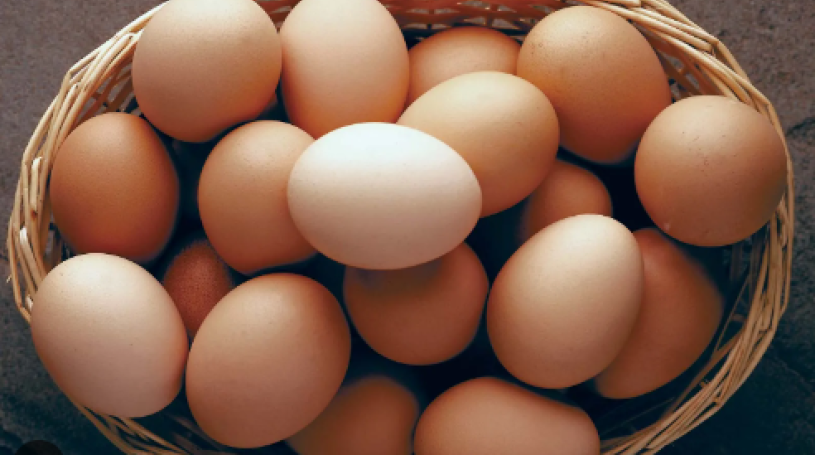Grocery inflation: Price increases decline for the sixth consecutive month. Eggs? Down!
·Reporter, Booking Producer
·4 min read
Inflation-weary consumers got some good news this morning: Grocery inflation is decelerating for the sixth consecutive month, following the highs of August 2022.
According to the Bureau of Labor Statistics' (BLS) February Consumer Price Index (CPI), the cost of groceries is up 10.2% compared to February 2022. Prices are up 0.3%—that's lower compared to last month, when the cost of food-at-home saw a 0.4% jump compared to December 2022.
Back in August 2022, grocery prices were up 13.5% year-over-year, the the largest increase since March of 1979, according to Steve Reed, a BLS economist.
Overall, food, including fare at bars and restaurants, increased 9.5% in February, that's compared to 10.1% last month. Still, food inflation remains higher compared to overall headline inflation, up 6.0%.
What about eggs?
One standout from the report is the price of eggs, down 6.7% on a monthly basis. That's compared to the last CPI print, where prices for eggs were up 8.5% month-over-month from December to January due to the avian flu outbreak. (Year-over-year though, egg prices are still up 55.4%.)
Last month, egg prices jumped 70.1% year-over-year, gaining much attention from consumers.
Michael Swanson, an economist at Wells Fargo, said eggs, along with meat and dairy, "make up the biggest part of the food spending category."
Meanwhile, the meats, poultry, fish, and eggs category was down 0.1% in February thanks to the drop in egg prices. Meat, however, is still up 0.5% compared to January. Dairy and related products are also up 0.1% on a monthly basis. Cheese and related products were down 0.3%, and ice cream and related products, declined 0.7%.
Swanson added, "As supply [in those three categories] improves from avian flu and others disruptions, we are expecting the price increases to moderate significantly in the coming months."
Across the board, many categories saw some relief as prices decreased in February 2023 when compared to January. They include breakfast cereal (-1.1%), frozen and refrigerated bakery products, pies, tarts, turnovers (-1.4%), uncooked beef roasts (-1.4%), bacon and related products (-1.5%), and dried beans, peas, and lentils (-3.2%).
Another standout was the price of oranges, down 1.8%. That's following last month's heightened concern over lower production levels leading to higher costs from a freeze late last January, damage from Hurricane Ian, and citrus greening, which is spread by a disease-infected insect. Year-over-year prices are also down 0.4%.
Lettuce is down 4.7% on a monthly basis, following concerns over the Impatiens necrotic spot virus. Year-over-year, the cost of lettuce is still higher, up 10.4%, but that's a far lower rate than last month, up 24.9%.
More jumps
Some areas that saw a jump in prices on a monthly basis include flour and prepared flour mixes (up 0.8%), bread (up 1.2%), uncooked beef steaks (up 1.2%), pork (up 0.7%) brought higher by breakfast sausage (up 1.4%), ham, excluding canned (up 3.9%) and pork chops (up 2.3%).
Categories that saw some of the largest jumps in price include shelf stable fish and seafood (3.8%) following new rounds of economic sanctions on Russia, which makes species like cod "harder to come by" per the AP. Frozen non-carbonated juices and drinks were up 3.7%, thanks to higher prices in orange juice futures (OJ=F).
Frozen fruits and vegetables? Up 4.5% in February.
The consumer seems to remain strong despite ongoing, higher prices at the store, however. Emily Reasor, a McKinsey senior partner, said based on these recent strong reports (jobs and unemployment), Americans are perceiving higher prices at the grocery store as, "I might be unhappy about it, but I can still spend."


